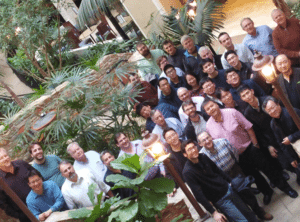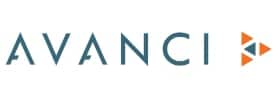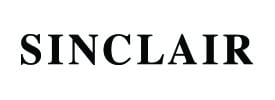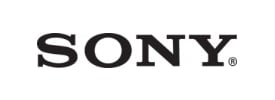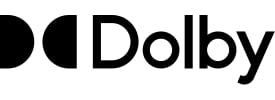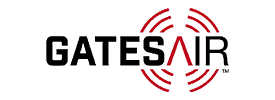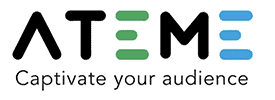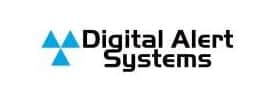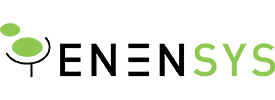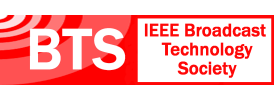- About
- Members
- Sponsors
- Subcommittees
- Technical Documents
- News
- Events
- Spotlight ATSC 3.0
- Contact Us
- Member Login
- Member Meetings
- Advanced Search
Search Site
Member Links
- About
- Members
- Sponsors
- Subcommittees
- Technical Documents
- News
- Events
- Spotlight ATSC 3.0
- Contact Us
- Member Login
- Member Meetings
- Advanced Search
PLUGFEST: ATSC 3.0 Single Frequency Network Testing ‘Significant Success’
Posted on February 1, 2017 in ATSC News
The largest portion of the overall ATSC 3.0 system ever tested in a “Plugfest” was put through its paces in a week-long event in late January organized by the ATSC’s S32 Scheduler/STL /SFN Small Group and hosted by Sinclair Broadcast Group. The results were deemed a “significant success” by participants, observers and organizers alike.
The first comprehensive plugfest devoted to Studio-to-Transmitter Links (STLs) and Single Frequency Networks (SFNs) used video and audio content encapsulated in both ROUTE and MMT, transmissions configured on an array of exciters, and reception by both consumer and professional receivers. The test system used two content sources, four broadcast gateways, 13 exciters and modulators, and five receivers.
Tests were conducted using transmissions of one, two, four and eight Physical Layer Pipes (PLPs), as well as TDM, FDM, and LDM multiplexing of the PLPs. A variety of SFN configurations used sets of exciters from different manufacturers, transmitting both ROUTE- and MMT-encapsulated content. One of two error correction coding schemes for use over the STL was successfully tested, too. (A few features that were not yet ready for testing will be good subjects for future plugfests.)
Participants included three dozen experts representing 15 organizations from six countries on three continents. As the six days of testing wrapped up, a VIP “Show and Tell” session was held on Jan. 27 for non-participants to see demonstrations of a sampling of the tests that had been conducted, to understand the scope of the system built for testing, to ask questions about what was done, and to see how it all worked.
The bottom line: the Plugfest proved that the technology defined and documented in the A/324 Candidate Standard works as intended:
- Exciters created the waveforms scheduled by the schedulers in broadcast gateways.
- The STL design reliably delivered content and control information from broadcast gateways to exciters.
- Exciters emitted the waveforms at the times designated by the schedulers and in synchronization with one another so that SFNs could be created.
- All of the signals tested were receivable on the various receivers included in the testing.
According to SFN guru Merrill Weiss, who led the effort, “Virtually all of the Plugfest’s objectives were met, and the event was considered a significant success – and another important leap forward on the path to finalizing ATSC 3.0 standards.”
Posted in ATSC News
News Categories
News Archives
Subscribe
Subscribe to The Standard, our monthly newsletter. Learn More
Join ATSC
ATSC is a membership organization with both voting and observer categories. Voting members include corporations, nonprofit organizations, and government entities, and they participate actively in the work of ATSC. Observers are individuals or entities not eligible to be a voting member.
Subscribe to our Newsletter
Subscribe to The Standard, our monthly newsletter, to stay up-to-date with ATSC news and events around the world.
Site Links
Contact Us
Advanced Television Systems Committee, Inc.
1300 I Street NW, Suite 400E
Washington, DC 20005
Do you have questions about ATSC?
About ATSC
The Advanced Television Systems Committee, Inc., is an international, non-profit organization developing voluntary standards and recommended practices for digital terrestrial broadcasting. ATSC member organizations represent the broadcast, broadcast equipment, motion picture, consumer electronics, computer, cable, satellite, and semiconductor industries. ATSC also develops digital terrestrial broadcasting implementation strategies and supports educational activities on ATSC standards.
© 2025 ATSC


